Home>Garden Essentials>How To Keep Bird Seed Off The Ground
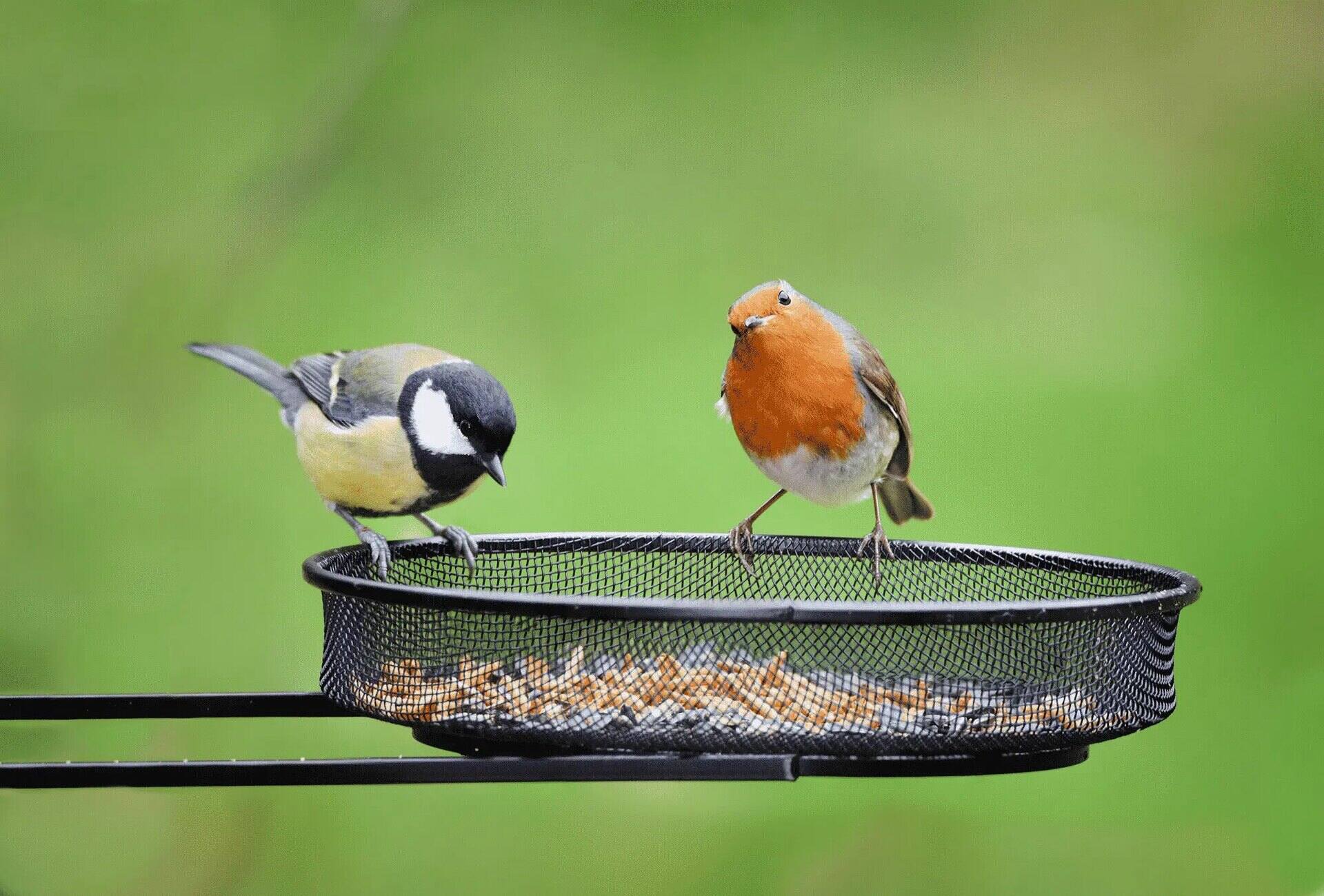

Garden Essentials
How To Keep Bird Seed Off The Ground
Modified: August 23, 2024
Discover effective ways to keep bird seed off the ground in your garden. Protect your plants and maintain a clean outdoor space with these helpful tips.
(Many of the links in this article redirect to a specific reviewed product. Your purchase of these products through affiliate links helps to generate commission for Storables.com, at no extra cost. Learn more)
Introduction
Welcome to the wonderful world of bird feeding! If you’re an avid bird lover, you know how rewarding it can be to attract a variety of feathered visitors to your garden. Watching these beautiful creatures flutter, sing, and feast on bird seed brings joy and tranquility to any outdoor space. However, one common challenge faced by bird enthusiasts is the issue of bird seed falling to the ground.
In this article, we will explore why it’s important to keep bird seed off the ground and provide insights into common problems associated with seed spills. We will also discuss natural deterrents to keep birds away from the ground, as well as the usage of bird feeders and trays to prevent seed from reaching the ground. Additionally, we’ll share tips on how to maintain a clean bird feeding area, ensuring a pleasant and hygienic environment for both the birds and your garden.
Keeping bird seed off the ground is more than just an aesthetic concern; it also has several practical benefits. First and foremost, preventing seed from accumulating on the ground reduces the risk of attracting unwanted pests, such as rodents or raccoons. These critters are known to scavenge bird seed, potentially causing damage to your property or spreading diseases.
Furthermore, when bird seed stays off the ground, it remains dry and less prone to spoilage. Moisture can quickly ruin a batch of bird seed, making it unpalatable for birds and leading to waste. By taking steps to keep the seed elevated, you can ensure that it stays fresh and appealing to your feathered friends.
Lastly, a clean and tidy bird feeding area provides a pleasant viewing experience. When the seed is contained in feeders or trays, you can enjoy watching the birds feed without distraction. It also helps protect your garden from becoming littered with scattered seed hulls, improving the overall appearance and cleanliness of your outdoor space.
Now, let’s delve deeper into the common problems associated with bird seed falling to the ground and explore effective solutions to overcome them.
Key Takeaways:
- Keep bird seed off the ground to prevent pests, preserve seed quality, and maintain bird health. Use natural deterrents and bird feeders to create a clean and welcoming feeding area.
- Maintain a clean bird feeding area by regularly cleaning feeders, using quality seed, and strategically placing feeders. Enjoy the beauty of nature while providing a safe and nourishing haven for birds.
Read more: How To Keep Birds Off My Balcony
Why it’s important to keep bird seed off the ground
When it comes to bird feeding, keeping the seed off the ground is crucial for several reasons. Let’s explore why it’s important to maintain a clean and seed-free feeding area:
- Pest Control: Allowing bird seed to accumulate on the ground can attract unwanted pests such as rodents and raccoons. These creatures are opportunistic feeders and will seize the opportunity to scavenge the seed left on the ground, leading to potential damage to your property and the spread of diseases. By keeping the seed off the ground, you can effectively deter these pests and ensure that the feeding area remains exclusively for birds.
- Seed Preservation: Moisture is the nemesis of bird seed. When seed is left on the ground, it is more susceptible to moisture from rain, dew, or sprinkler systems. This moisture can quickly spoil the seed, rendering it unappetizing and potentially harmful to birds. By preventing seed from reaching the ground, you can keep it dry and extend its freshness, ensuring that birds have access to a healthy and appealing food source.
- Bird Health: A clean feeding area contributes to the overall health and well-being of the birds that frequent your garden. When seed is kept off the ground, the risk of contamination is significantly reduced. Mold, bacteria, and other pathogens are less likely to develop in a controlled feeding environment. This helps to prevent the transmission of diseases among birds, keeping them safe and thriving.
- Reduced Waste: By implementing measures to keep bird seed off the ground, you can minimize waste and save money. When seed falls to the ground, it may go uneaten or become spoiled, resulting in unnecessary waste. By maintaining a seed-free feeding area, you can ensure that birds have access to fresh seed and minimize the amount of seed that goes to waste.
- Enhanced Viewing Experience: Lastly, by keeping bird seed off the ground, you can enhance your birdwatching experience. When the seed is contained in feeders or trays, it becomes easier to observe the birds as they feed. You can enjoy their beautiful colors, unique behaviors, and melodious songs without distractions. It also prevents the ground from becoming an unsightly mess of scattered seed hulls, making your garden a welcoming and visually pleasing space.
Now that we understand the importance of keeping bird seed off the ground, let’s explore some common problems that arise when seed spills occur and discuss natural deterrents to keep birds away from the ground.
Common problems with bird seed falling to the ground
While feeding birds can be a delightful experience, one of the challenges bird enthusiasts face is the issue of bird seed falling to the ground. Let’s explore some common problems associated with seed spills:
- Pest Infestation: When bird seed accumulates on the ground, it can attract pests such as rats, mice, squirrels, and raccoons. These animals are opportunistic feeders and will eagerly scavenge any spilled seed, potentially leading to infestations in your garden or nearby areas. Pest droppings and destruction of property are common issues that arise with seed spills.
- Mold and Spoilage: Moisture is the enemy of bird seed. When it falls to the ground, it is exposed to rain, dew, and other environmental factors that can lead to mold growth and spoilage. Moldy or spoiled seed is not only unappetizing to birds, but it can also be harmful to their health. Consuming contaminated seed can contribute to digestive issues and even disease transmission among bird populations.
- Unwanted Vegetation: Seeds that are spilled onto the ground may germinate and give rise to unwanted vegetation in your garden. Some birds, such as sparrows, pigeons, and doves, may not be as efficient in consuming all the seed available, leading to seedlings sprouting and competing with your desired plants. This can result in an unattractive and unruly garden, requiring additional effort to manage unwanted vegetation.
- Financial Waste: When bird seed falls to the ground and goes uneaten or becomes spoiled, it leads to unnecessary financial waste. Quality bird seed can be expensive, and allowing it to go to waste due to spills can be frustrating. By preventing seed spills, you can ensure that the seed is consumed efficiently by the birds, saving you money and minimizing waste.
- Attracting Undesirable Birds: Bird seed spills on the ground may attract unwanted bird species, such as aggressive or nuisance birds, which can disrupt the feeding dynamics in your garden. Some birds, like crows or grackles, are known for monopolizing feeding areas and driving away smaller or more desirable species. By keeping seed off the ground, you can have better control over the bird species that visit your garden.
Now that we’re aware of the common problems associated with bird seed falling to the ground, let’s explore natural deterrents to keep birds away from the ground and maintain a clean feeding area.
Natural deterrents to keep birds away from the ground
If you’re looking to prevent birds from accessing the ground and spilling seed, there are several natural deterrents you can use. These methods are safe, eco-friendly, and effective in keeping birds away from the ground. Let’s explore some natural solutions:
- Ultrasonic devices: Ultrasonic bird repellent devices emit high-frequency sound waves that are inaudible to humans but irritating to birds. These devices can be placed near bird feeding areas to discourage birds from coming too close to the ground. Ultrasonic deterrents are great for larger outdoor spaces and are harmless to birds and other wildlife.
- Motion-activated sprinklers: Birds are often deterred by unexpected water sprays. Motion-activated sprinklers are an effective way to startle birds and prevent them from accessing the ground beneath bird feeders. These sprinklers are equipped with infrared sensors that detect movement and trigger a short burst of water. The sudden spray acts as a deterrent without causing harm to the birds.
- Visual scares: Birds are naturally cautious creatures, and the presence of visual scares can deter them from coming too close to a bird feeding area. Hang reflective objects, such as aluminum foil strips or CD discs, near the feeders. The reflective surfaces will create flashes of light and movement, making birds wary. Additionally, you can use scarecrows or owl decoys to create the illusion of a predator, further discouraging birds from accessing the ground.
- Natural repellents: Certain scents and tastes are unappealing to birds and can be used as natural deterrents. Sprinkle cayenne pepper, powdered mustard, or a mixture of vinegar and water on the ground beneath the feeders. Birds find these smells and tastes unpleasant, and it will discourage them from approaching the area. Remember to reapply after rainfall to maintain their effectiveness.
- Physical barriers: Creating physical barriers can prevent birds from reaching the ground beneath bird feeders. Surrounding the feeding area with wire mesh or nylon netting can effectively discourage birds from accessing the ground. However, ensure that the mesh or netting is spaced wide enough to allow birds to comfortably feed from above while preventing them from accessing the ground.
By utilizing these natural deterrents, you can actively discourage birds from accessing the ground and minimize the problem of seed spills. However, it is important to regularly monitor and adjust these deterrents as birds may eventually habituate to them over time.
In addition to using natural deterrents, employing the right bird feeders and trays can also help prevent seed from reaching the ground, which we’ll explore in the next section.
Consider using a bird feeder with a tray to catch seeds, or place a mesh or wire barrier under the feeder to catch any dropped seeds. This will help keep the bird seed off the ground and reduce waste.
Using bird feeders and trays to prevent seed from reaching the ground
One effective way to prevent bird seed from falling to the ground is by using bird feeders and trays. These feeding devices are specifically designed to contain the seed and provide a controlled feeding environment for the birds. Let’s explore how you can use bird feeders and trays to prevent seed from reaching the ground:
- Hanging feeders: Hanging feeders are a popular choice for bird enthusiasts. They are suspended from tree branches, hooks, or poles, keeping the seed elevated and out of reach from ground-dwelling critters. Hanging feeders come in various designs, including tube feeders, seed dispensers, and suet feeders. Choose a feeder that suits the types of birds you want to attract and ensure it has appropriate drainage holes to prevent moisture buildup.
- Window feeders: Window feeders are a convenient option for those who want to enjoy the birds up close. These feeders are attached to windows using suction cups and provide a clear view of feeding birds. Most window feeders have seed reservoirs or trays that keep the seed contained and prevent spills. They often come with drainage holes to prevent water accumulation and have perches for birds to comfortably feed on.
- Platform feeders: Platform feeders, also known as ground feeders, can be a great option for attracting a wide variety of bird species. These feeders are designed to sit close to the ground, but with raised edges that prevent seed spills. The birds can hop onto the platform and feed directly, minimizing the risk of seed falling to the ground. Make sure the platform feeder is placed in an open area away from potential hiding spots for predators.
- Tray feeders: Tray feeders are similar to platform feeders, providing a flat surface for birds to feed on. They can be placed on the ground or elevated on a stand. Tray feeders usually have a mesh bottom or drainage holes to prevent moisture buildup. These feeders are suitable for ground-feeding birds like doves, sparrows, and juncos, ensuring that seed is contained and reducing the chances of attracting unwanted species.
- Squirrel-proof feeders: Squirrels are notorious for raiding bird feeders and spilling the seed. Investing in squirrel-proof feeders can not only prevent seed spills but also keep these agile creatures at bay. Squirrel-proof feeders are designed with mechanisms that detect the weight of a squirrel and close off access to the seed ports, allowing only birds to access the food.
When using bird feeders and trays, it is important to regularly clean and maintain them to ensure the health and safety of the birds. Remove any leftover seed hulls, sanitize the feeders periodically, and check for any signs of damage or wear. Maintaining a clean feeding environment will attract more birds and prevent the spread of diseases.
With the right combination of bird feeders and trays, you can effectively prevent seed spills and provide a controlled feeding space for birds. Now, let’s explore some tips that will help you maintain a clean bird feeding area.
Read more: How To Keep Birds Off Outdoor Speakers
Tips for maintaining a clean bird feeding area
Keeping a clean bird feeding area is essential for the health and enjoyment of both the birds and your garden. Here are some tips to help you maintain a clean and hygienic bird feeding area:
- Regular cleaning: Birds can be messy eaters, and seed residue can quickly accumulate in and around feeders. Make it a habit to clean the feeders regularly to prevent the buildup of dirt, mold, and bacteria. Remove any uneaten or spoiled seed and wash the feeders with warm soapy water. Rinse them thoroughly and allow them to dry completely before refilling.
- Seed selection: Opt for high-quality bird seed that is less likely to contain fillers or excessive debris. Some cheap blends can have a higher percentage of unwanted seeds, which birds may discard and scatter around the feeding area. Quality seed will lead to less waste and fewer seed spills.
- Use tray or platform feeders: Invest in tray or platform feeders with raised edges to contain seed spills effectively. These feeders allow birds to easily access the seed while minimizing the chances of seed reaching the ground. Regularly check and clean these feeders to remove any accumulated hulls or debris.
- Seed catcher trays: Consider using seed catcher trays beneath hanging feeders to catch any seeds that might fall. These trays can be removed and cleaned easily, preventing seed spills from accumulating on the ground. Ensure to empty and clean the trays regularly to maintain a tidy feeding space.
- Position feeders strategically: Place your bird feeders in areas where spillage will have minimal impact. Avoid positioning them directly over delicate plants or areas that are difficult to clean. Finding an open space or placing them on a patio or deck can make cleanup easier and minimize the impact on your garden.
- Monitor seed levels: Pay attention to the amount of seed you put in the feeders. Overfilling them can lead to excessive spillage as birds may flick seeds around while feeding. Fill the feeders with a reasonable amount of seed that birds can consume within a day or two to minimize waste and seed spills.
- Remove fallen seed: Regularly scan the ground beneath the feeders for any fallen seed. Use a small handheld rake or brush to collect and remove any spilled seed. Dispose of it properly to avoid attracting pests or unwanted vegetation.
- Consider a drip tray: If you have hanging feeders that tend to spill seed, consider using a drip tray underneath them. A drip tray will catch any loose seed and prevent it from reaching the ground. Empty and clean the tray regularly to maintain its effectiveness.
- Rotate feeding spots: To prevent the buildup of seed hulls and droppings in one particular spot, periodically rotate the location of your feeders. By doing so, you distribute the impact of seed spills and make it easier to maintain a clean feeding area.
By implementing these tips, you can create a clean and welcoming bird feeding area that promotes the health and happiness of the birds while keeping your garden tidy and free from unnecessary mess. Providing a clean feeding environment also encourages a wider array of bird species to visit your garden for nutritious meals.
Now that you’re equipped with the knowledge to maintain a clean bird feeding area, let’s conclude our article.
Conclusion
Creating a welcoming and clean bird feeding area not only benefits the birds but also enhances your own outdoor experience. By keeping bird seed off the ground, you can prevent pests, preserve the quality of the food, maintain bird health, reduce waste, and enjoy a more pleasant and visually appealing garden.
We explored the importance of keeping bird seed off the ground, including the potential risks of pest infestation, seed spoilage, unwanted vegetation, financial waste, and attracting undesired bird species. To address these issues, we discussed natural deterrents such as ultrasonic devices, motion-activated sprinklers, visual scares, natural repellents, and physical barriers.
Furthermore, we highlighted the usage of bird feeders and trays as effective tools to prevent seed from reaching the ground. Hanging feeders, window feeders, platform feeders, tray feeders, and squirrel-proof feeders all serve the purpose of keeping seed contained and accessible to the birds while minimizing spills.
Maintaining a clean bird feeding area requires regular cleaning, careful seed selection, the use of seed catcher trays, strategic positioning of feeders, monitoring seed levels, removing fallen seed, considering drip trays, and rotating feeding spots. These practices ensure a tidy and hygienic environment for both the birds and your garden.
As you embark on your journey of bird feeding, remember to find joy in observing the diverse avian visitors that your efforts attract. The sight of colorful feathers, the melodious songs, and the lively interactions of the birds will surely bring a sense of wonder and tranquility to your outdoor space.
So, embrace the beauty of nature, implement the tips and techniques shared in this article, and create a bird feeding area that not only attracts a variety of birds but also maintains cleanliness and order. Enjoy the harmonious symphony and gentle dances of your feathered friends, knowing that you are providing them with a nourishing and safe haven.
Happy bird feeding!
Frequently Asked Questions about How To Keep Bird Seed Off The Ground
Was this page helpful?
At Storables.com, we guarantee accurate and reliable information. Our content, validated by Expert Board Contributors, is crafted following stringent Editorial Policies. We're committed to providing you with well-researched, expert-backed insights for all your informational needs.
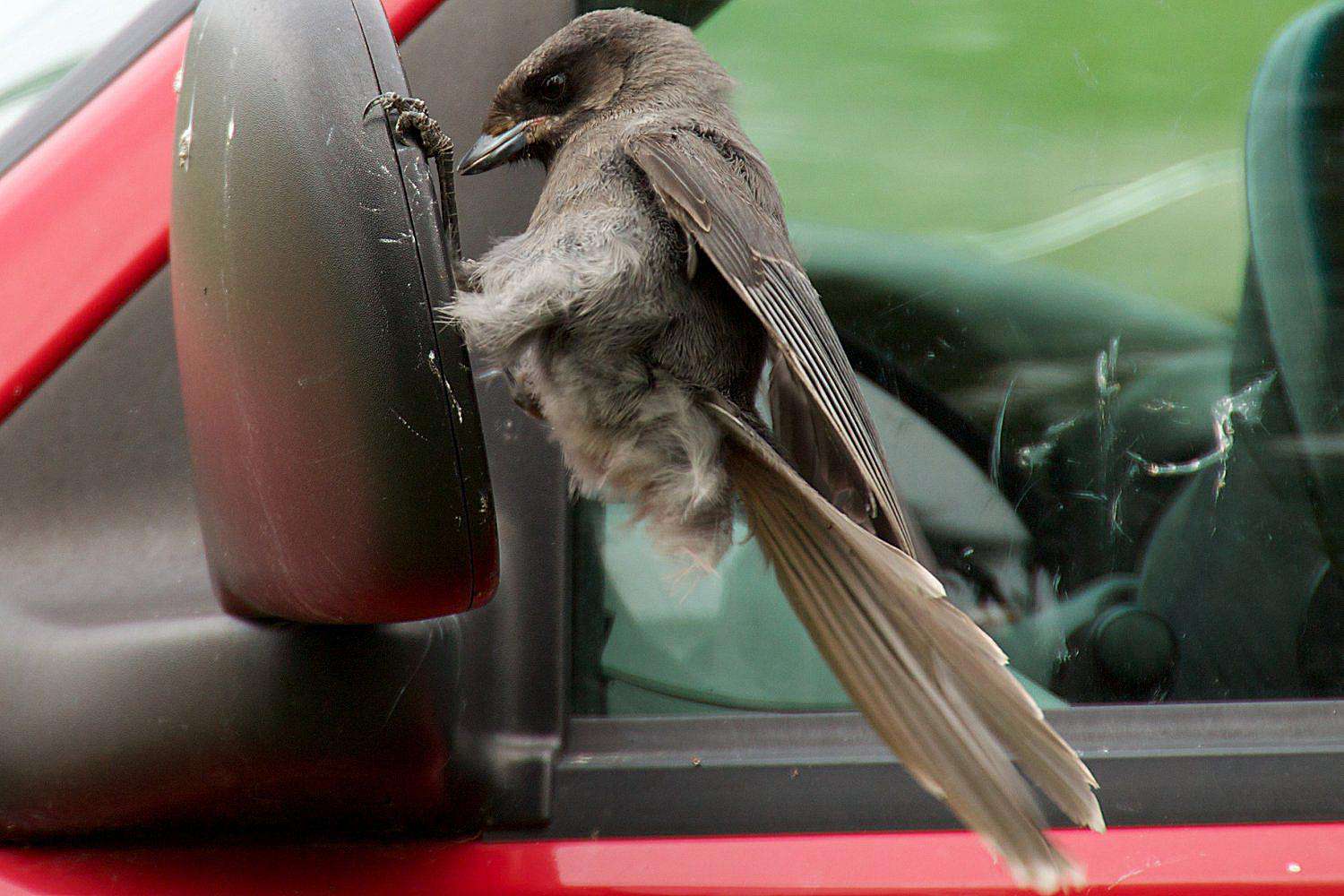
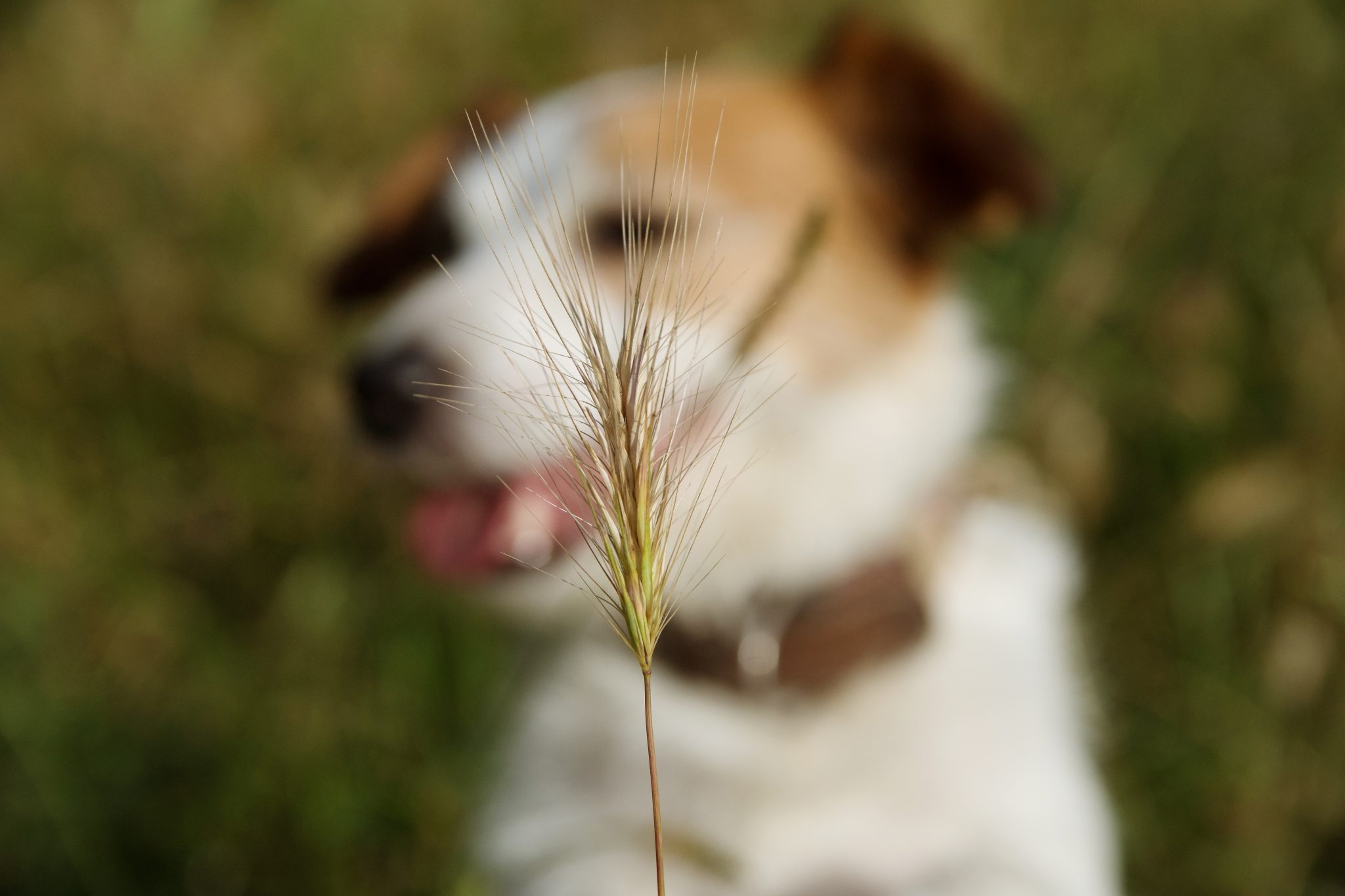
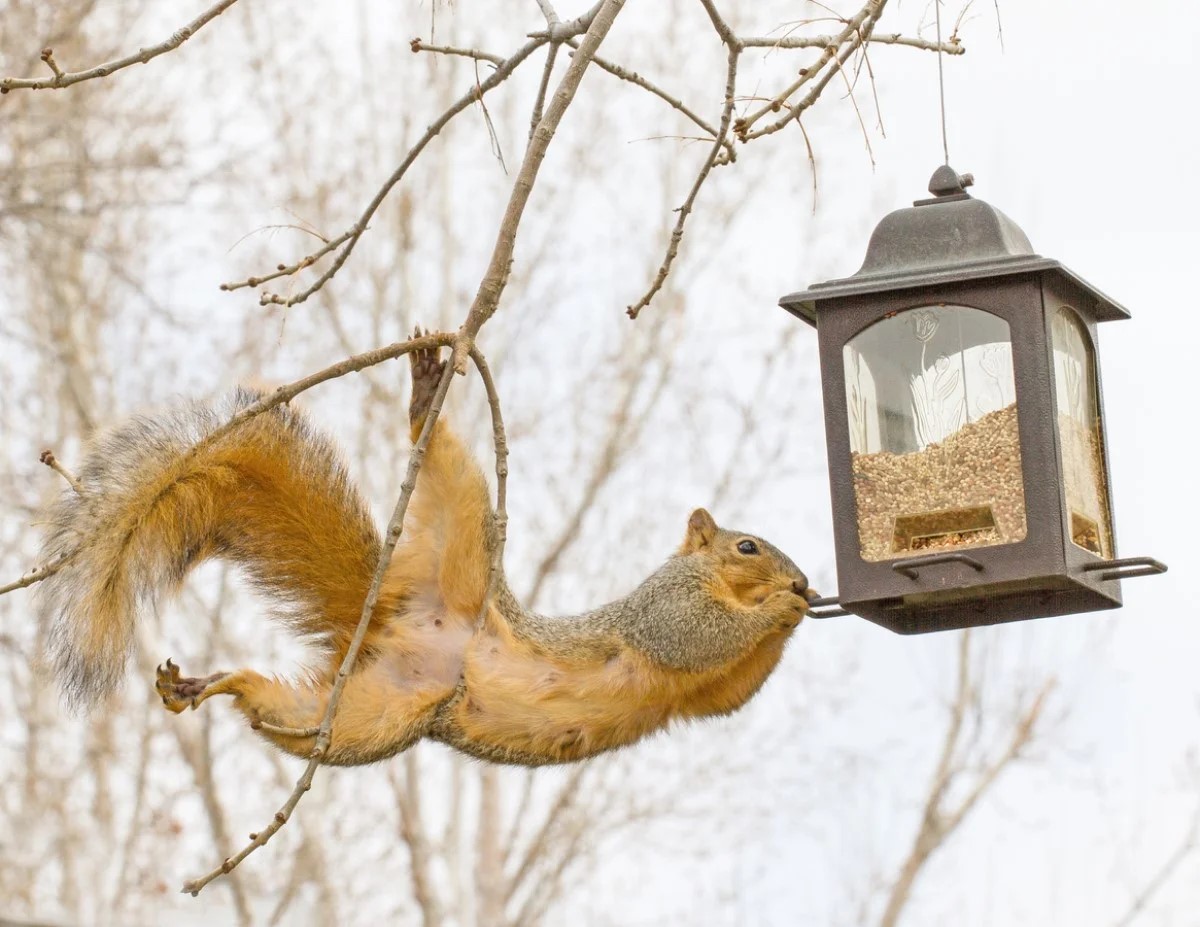
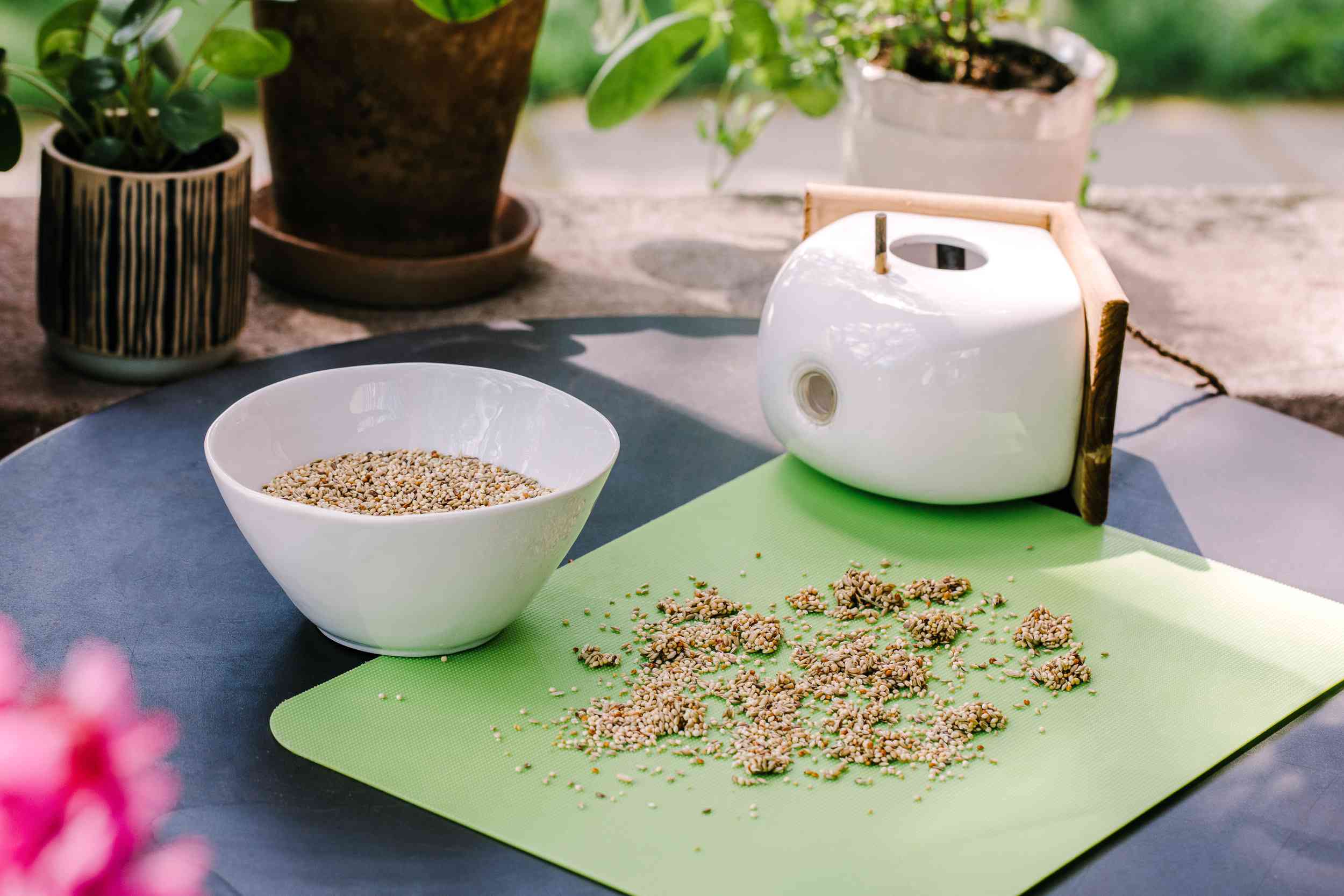
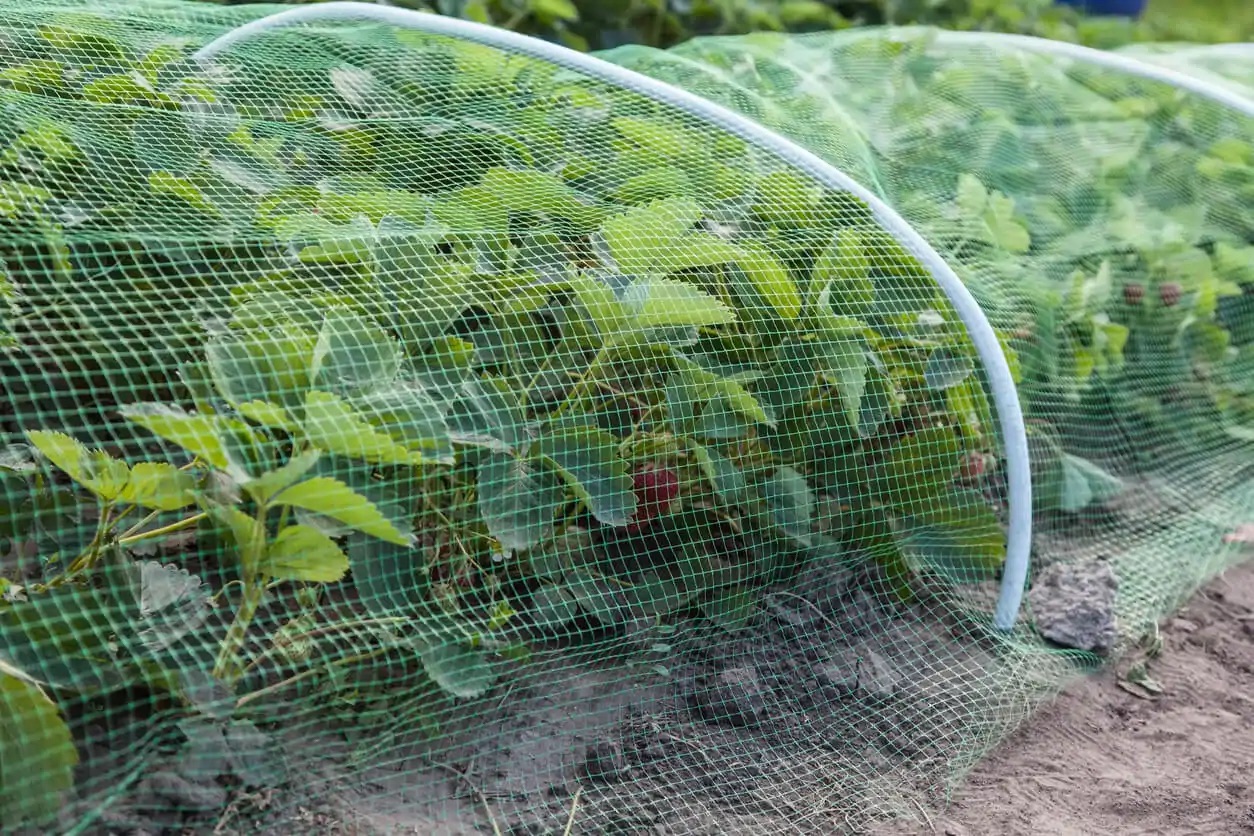
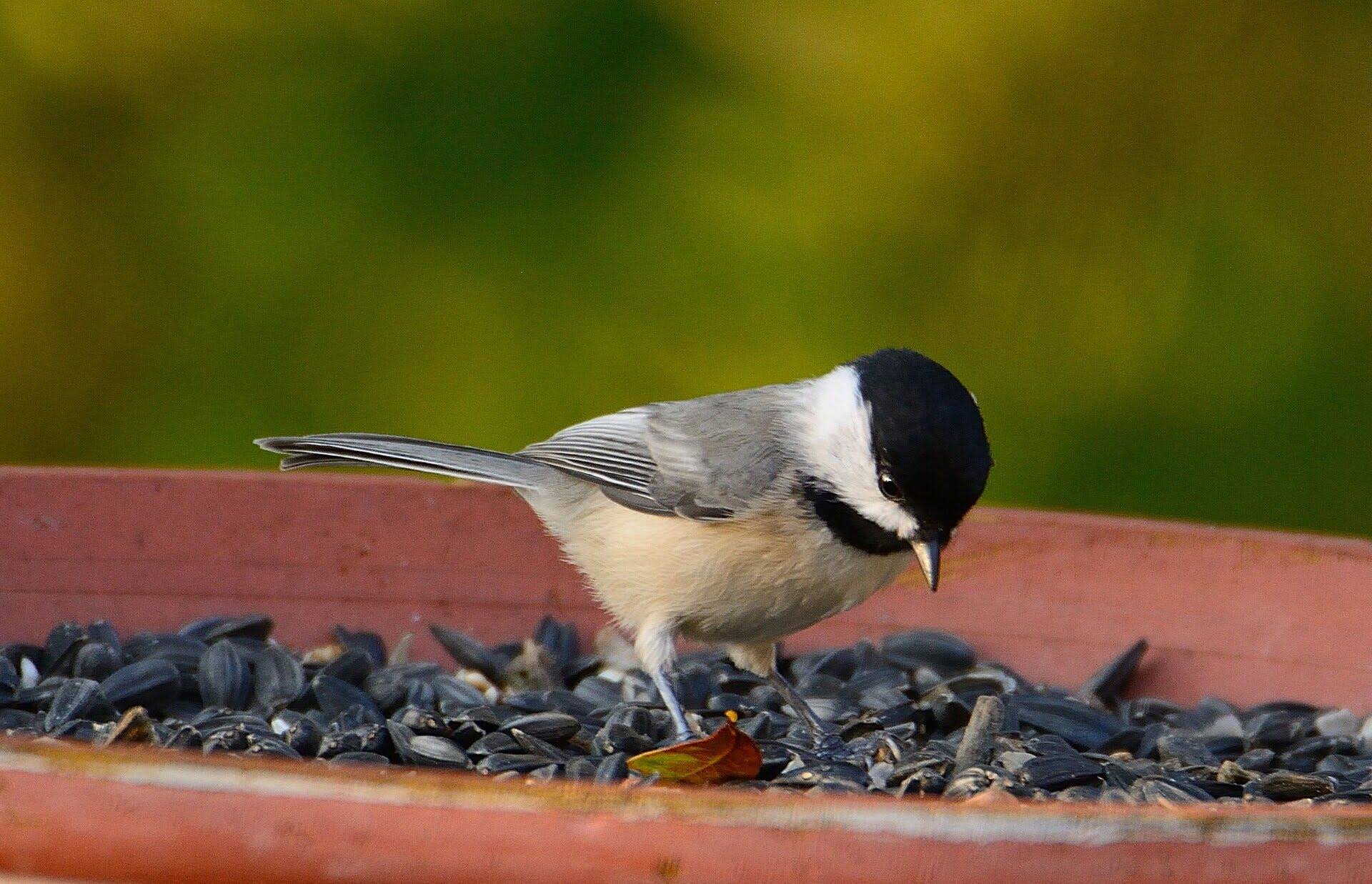
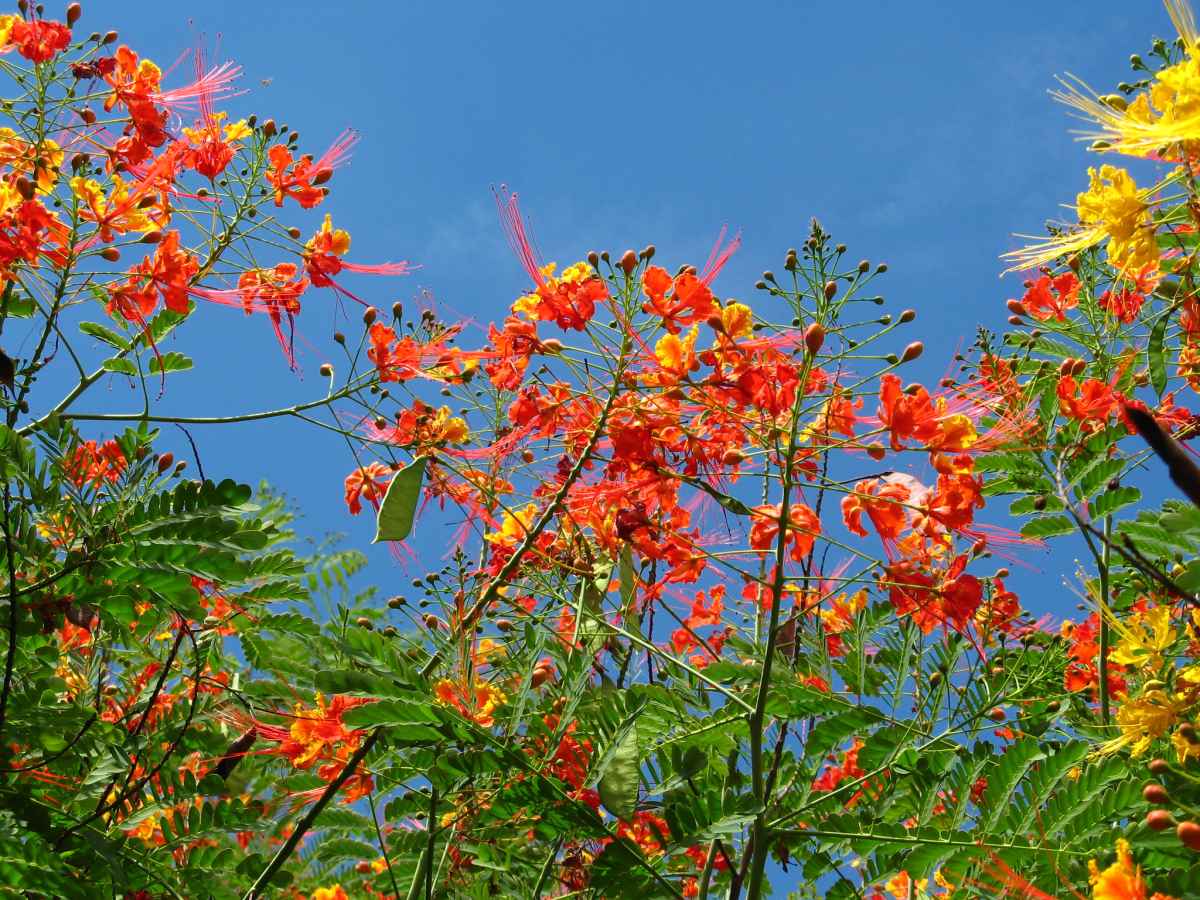
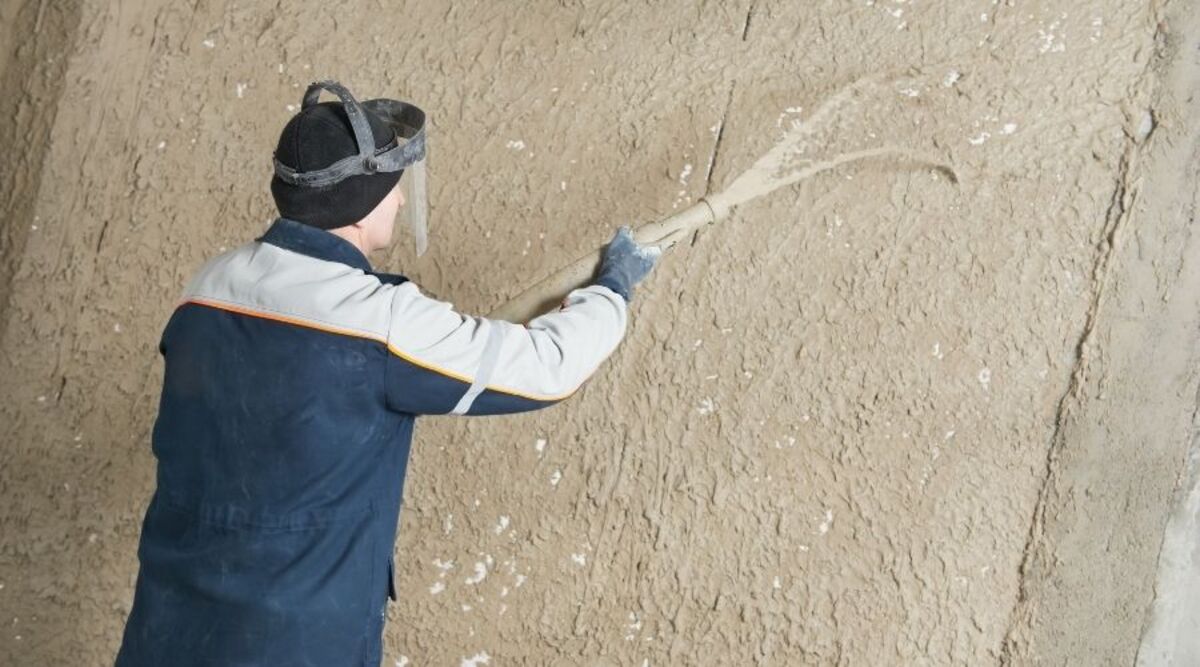
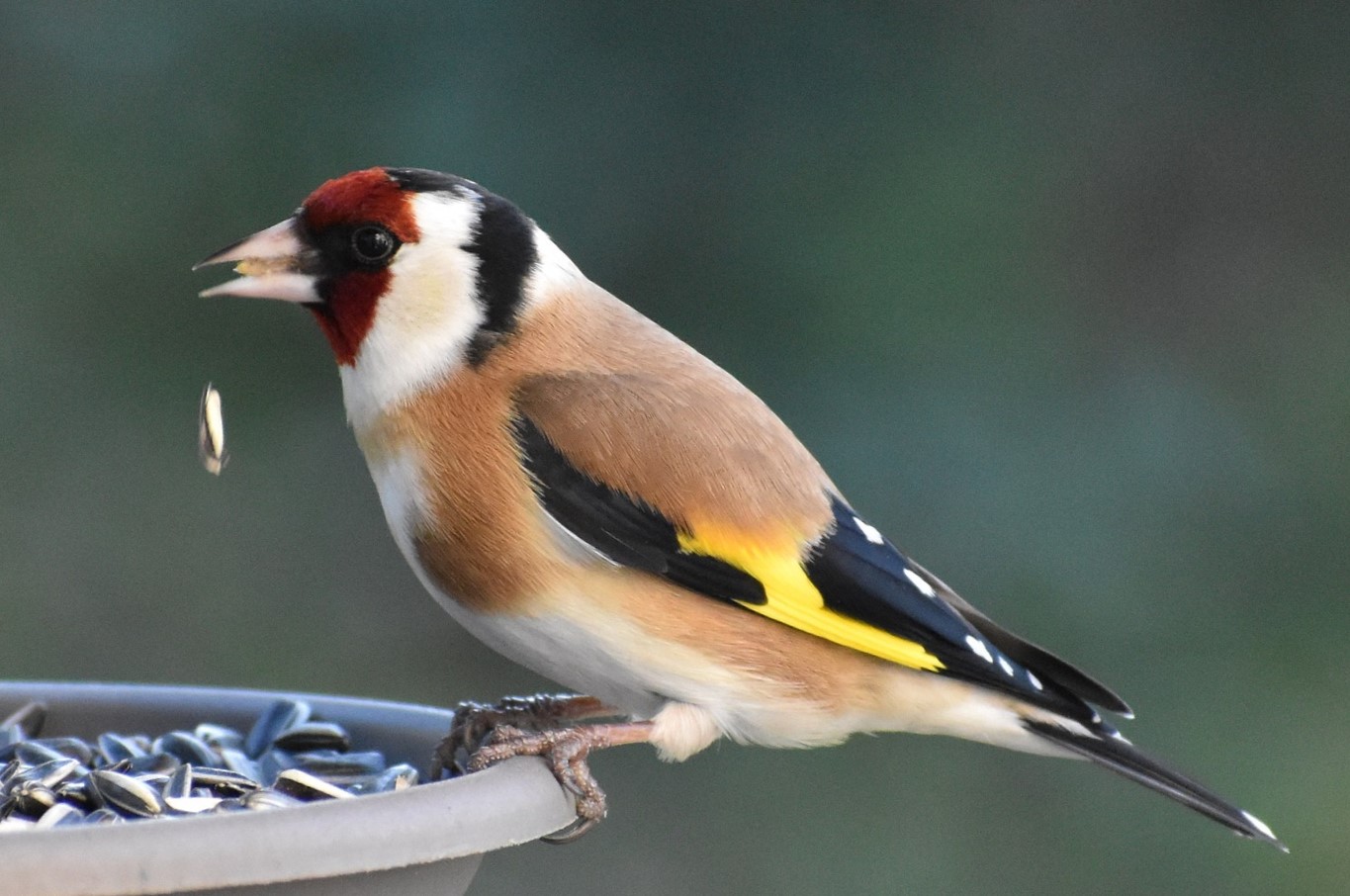
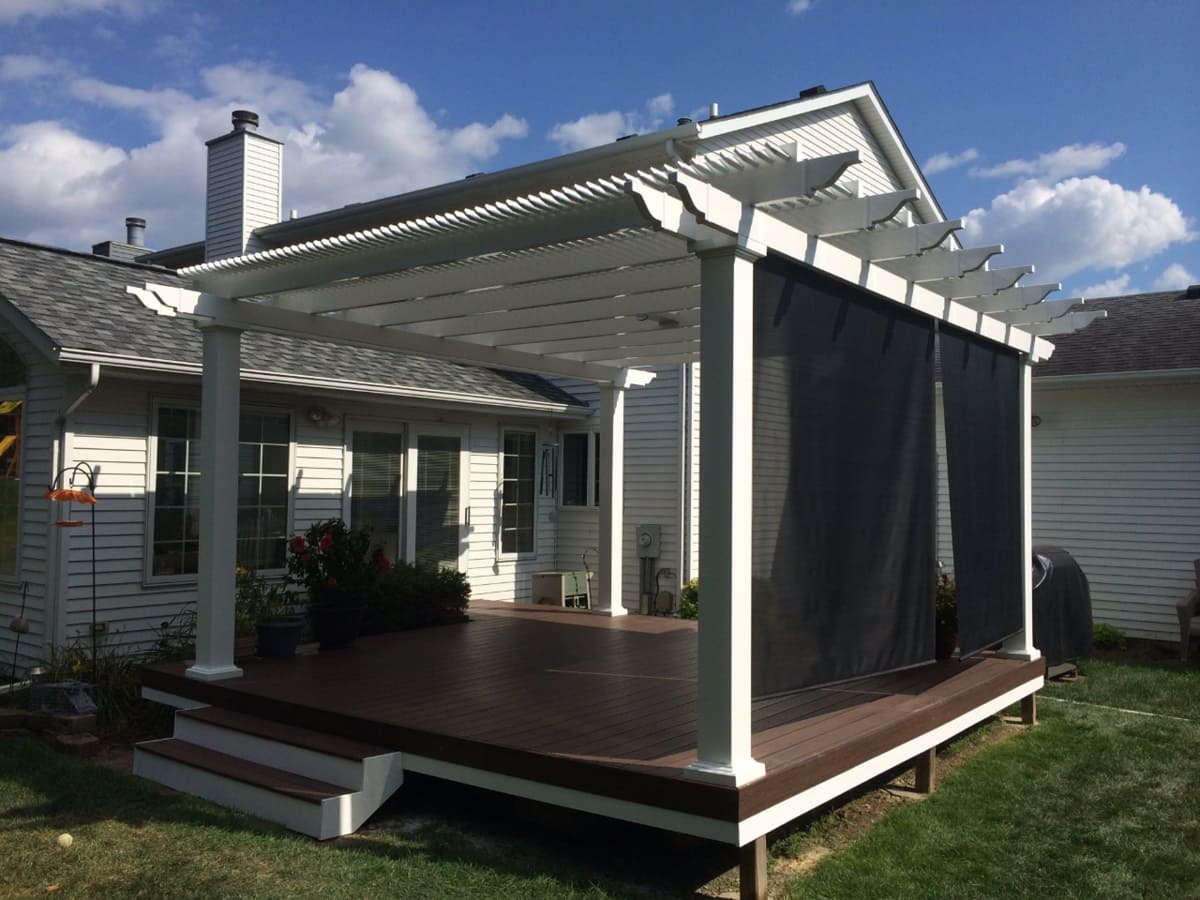

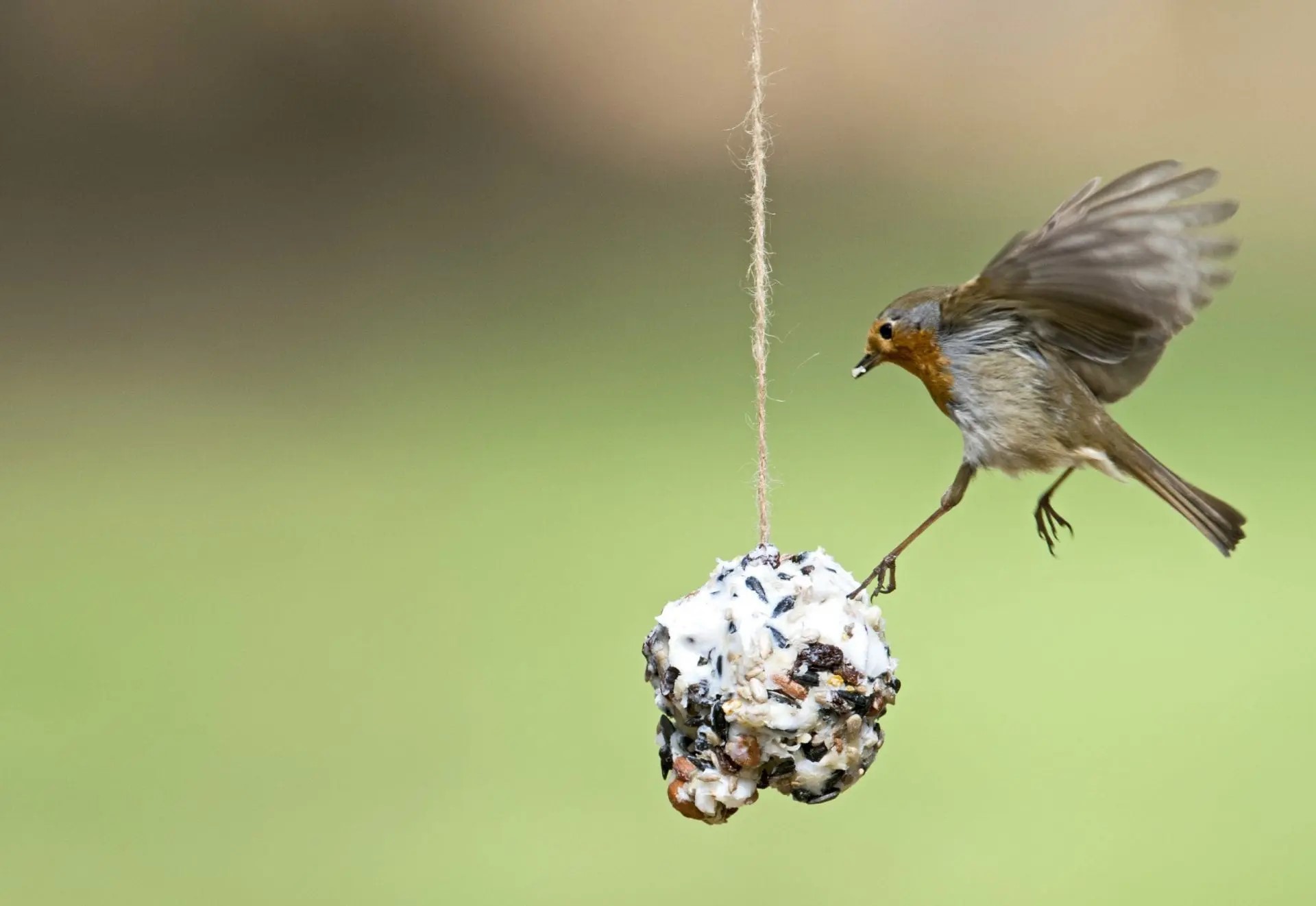
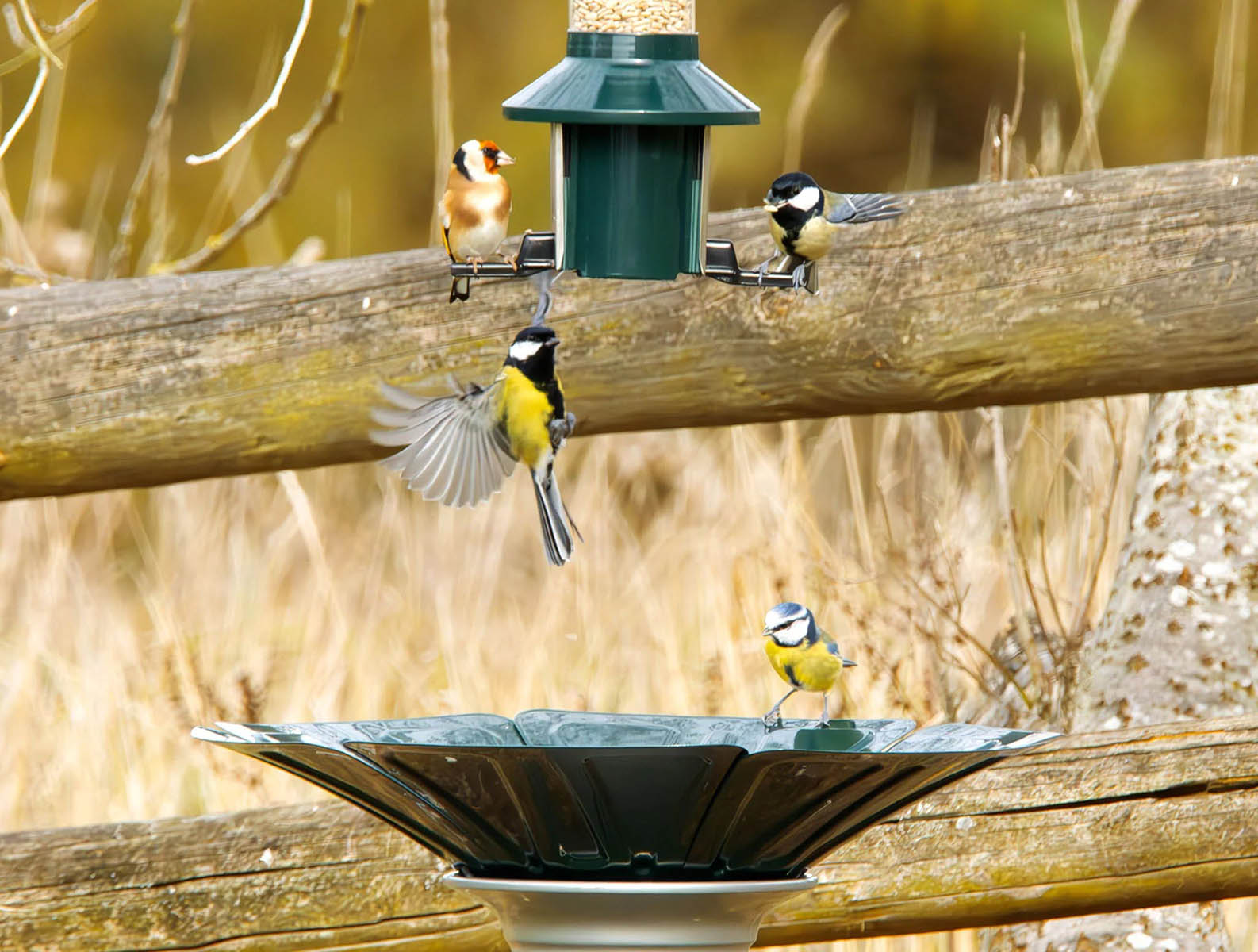
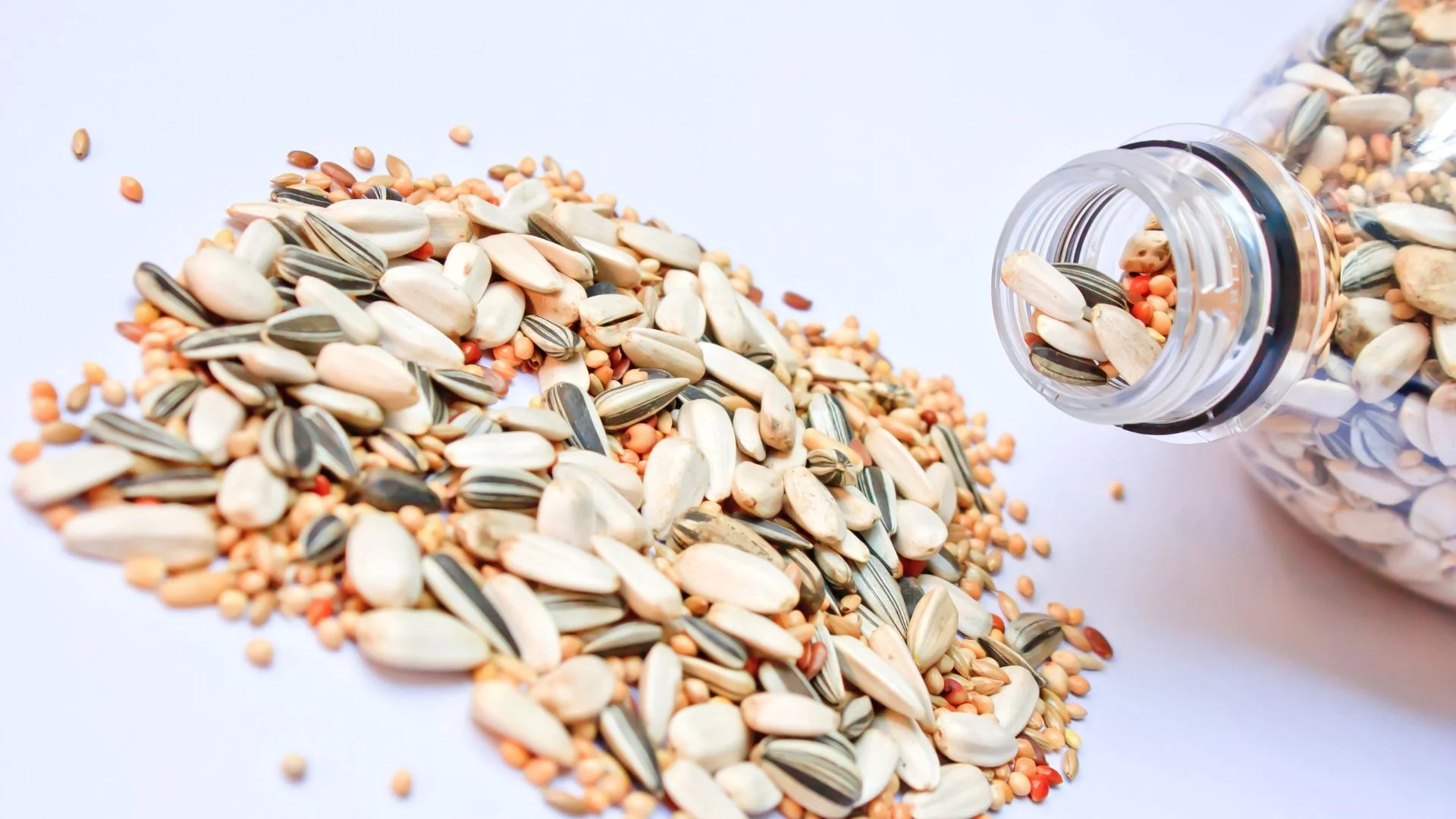

0 thoughts on “How To Keep Bird Seed Off The Ground”